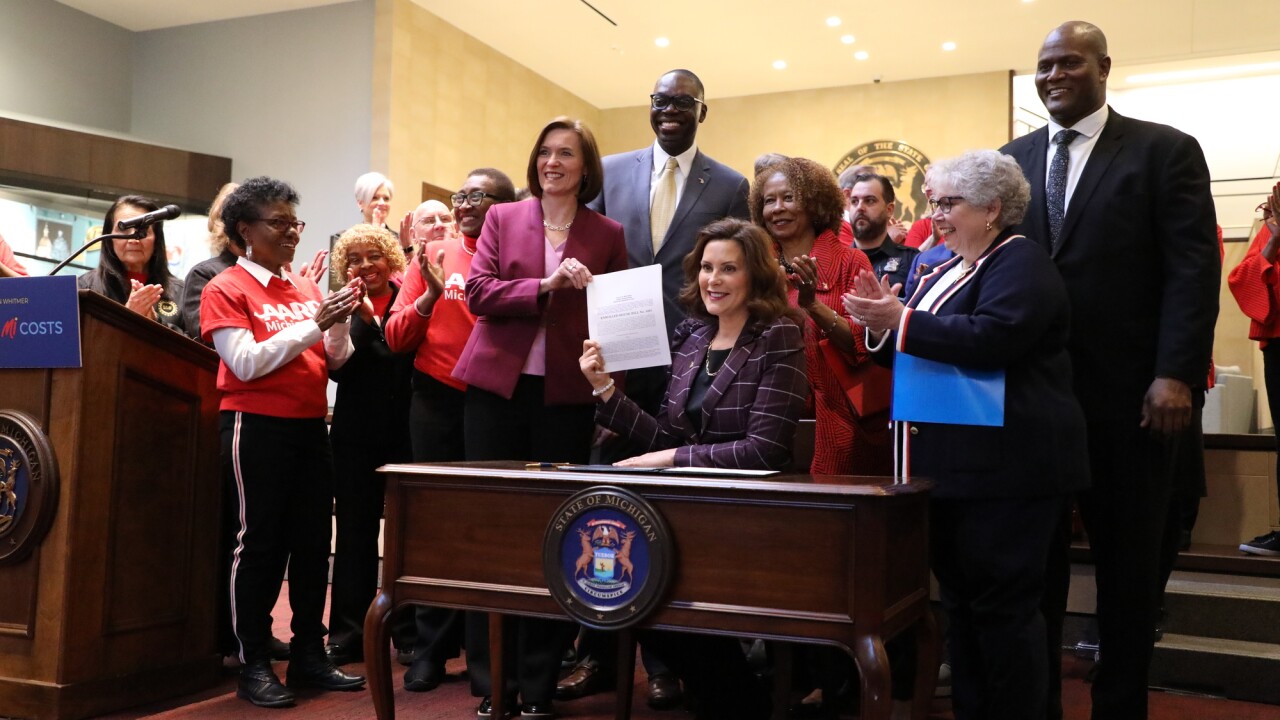Michigan families are poised for a significant financial uplift as Governor Gretchen Whitmer’s $1 billion plan to ease tax burdens takes effect. The initiative includes a substantial increase in the child tax credit (CTC) program, aimed at providing crucial relief for struggling families, putting an average of $550 back into the pockets of 700,000 Michigan families.

Photo from Google
Working Families Tax Credit (WFTC) – A Lifeline for Struggling Households
The 30% tax credit, a part of the Working Families Tax Credit (WFTC), stands out as a beacon of support for Michigan families, benefitting half of the children in the state. The relief is expected to assist parents in covering essential expenses such as bills, food, and school supplies.
The impact of the WFTC is substantial, aiming to generate a combined tax refund averaging $3,150 for 700,000 families, ultimately affecting one million children. This enhancement significantly reduces the tax burden on households, contributing to financial stability.
Residents are not required to file additional paperwork to access these tax credits. However, individuals are advised to update state officials on any recent address changes to ensure the seamless delivery of funds.
READ ALSO: 2024 Social Security And SSI Payment Dates Revealed: Plan Your Budget Accordingly
Distribution Details and Eligibility Criteria
Eligibility for the WFTC mandates US residency and a valid Social Security number. The entitlement extends to the 2022 tax year and is retroactive, with checks set to be processed for Michigan residents who filed their 2022 tax returns and meet additional state credit criteria.
Governor Whitmer’s administration is scheduled to commence the distribution of checks to eligible Michigan families on February 13, 2024. The issuance will be conducted on a rolling basis, with the estimated duration of five to six weeks to print and issue all payments. The last checks are projected to be executed around mid-March. This financial injection emphasizes the state’s commitment to alleviating economic pressures, providing tangible relief in the face of rising living costs and economic challenges.
READ ALSO: Local Mom Empowers Families To Experience Cultural And Educational Adventures On A Budget




![Tyson Foods Plant [Photo: Food Manufacturing]](https://southarkansassun.com/wp-content/uploads/2023/08/iStock_1185520857__1_.5e441daa51cca-600x337.jpg)








![Silverado Senior Living Management Inc. [Photo: Los Angeles Times]](https://southarkansassun.com/wp-content/uploads/2023/10/download-6-4-600x337.jpg)

![China's Wuhan Institute of Virology [Photo: Nature]](https://southarkansassun.com/wp-content/uploads/2023/09/d41586-021-01529-3_19239608-600x337.jpg)















